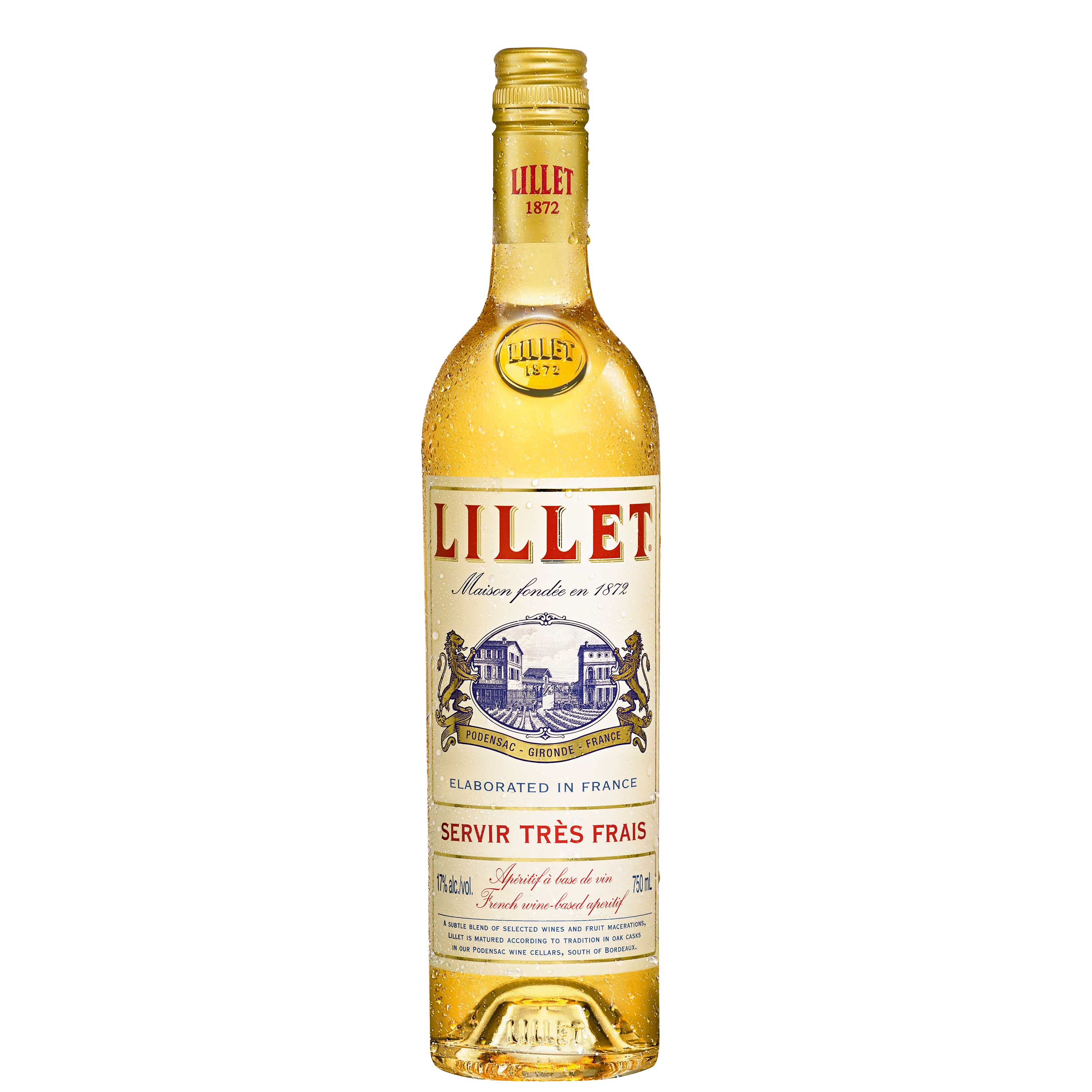

"Kina" had become a generic term used by many aperitifs to emphasise their quinine content, and was no longer relevant for the times. In the early part of the 1970s, Maison Lillet removed "Kina" from the brand name calling it simply Lillet. In 1962, Pierre Lillet, grandson of Raymond, keen to capitalize on America's growing taste for red wine, created Lillet Rouge for the American market. American bartenders used it for making fashionable cocktails. : 141–156 At the same time, Lillet was served on transatlantic liners, part of the reason for its success with high society in New York. : 157–165 The brand also became famous in France, thanks to advertising campaigns.

ĭuring the 1920s, Lillet exports greatly increased in Europe and Africa. Originally blanc, when all other aperitifs were red, Lillet was the only aperitif from a specific geographic location, one of the most famous, the Bordeaux region, or more precisely Great Sauternes region (at that time Sauternes was covering appellations that are now considered as Bordeaux or Graves appellation). In 1887, Pierre and Raymond Lillet created Kina Lillet. As a result, tonic wines (with quinine) became very popular as quinine was used to fight fevers and ease malaria symptoms. Nevertheless, "Wine", Pasteur said, "can be considered with good reason as the most healthful and the most hygienic of all beverages". : 13–29 It was also France's main harbour for products imported from the Caribbean islands.Īt the end of the 19th century, people developed a great fear of illness as a consequence of the discoveries made by Louis Pasteur (1822–1895). During that time, Bordeaux became one of the most important places for the European wine business. He returned to France and made Bordeaux his home, where he created liqueurs and fortifiers using herbs like quinine. The idea of making aperitifs in Bordeaux came from Father Kermann, a doctor who left Brazil at the beginning of Louis XVI's reign. In 1872, the brothers Paul and Raymond Lillet, distillers and merchants of wines and spirits, founded their company La Maison Lillet in Podensac, south of Bordeaux, France. Lillet Rosé (2011–present): A rosé-wine-based liqueur.Lillet Blanc (1986–present): A sweeter variant of the white-wine-based version with reduced quinine content.Lillet Rouge (1962–present): A red-wine-based liqueur first suggested by the American wine merchant and importer Michael Dreyfus, one of the first to import Lillet into the US.Some consider it the Kina Lillet mentioned by Ian Fleming's character James Bond when he created the Vesper Martini. Lillet Dry (1920–?): A drier formula created for the British market.The "Kina" in its name is derived from quinine's main ingredient: the bark of the kina-kina (or cinchona) tree. Kina Lillet (1887–1986): A liqueur made with white wine mixed with fruit liqueurs and flavored with quinine."Lillet" belongs to a family of aperitifs known as tonic wines because of the addition of quinine. In the original Kina Lillet formulation (so named with respect to its status as a quinquina), quinine liqueur made of cinchona bark from Peru was included among its ingredients. During the aging process, Lillet is handled as a Bordeaux wine (undergoing fining, racking, filtering, etc.). The mix is then stirred in oak vats until blended.

Classed as an aromatised wine within EU law, it is a blend of 85% Bordeaux region wines ( Semillon for the blanc and for the rosé, Merlot for the rouge) and 15% macerated liqueurs, mostly citrus liqueurs (peels of sweet oranges from Spain and Morocco and peels of bitter green oranges from Haiti). Lillet ( French pronunciation: ) is a French wine–based aperitif from Podensac. JSTOR ( December 2018) ( Learn how and when to remove this template message).Unsourced material may be challenged and removed. Please help improve this article by adding citations to reliable sources. This article needs additional citations for verification.


 0 kommentar(er)
0 kommentar(er)
